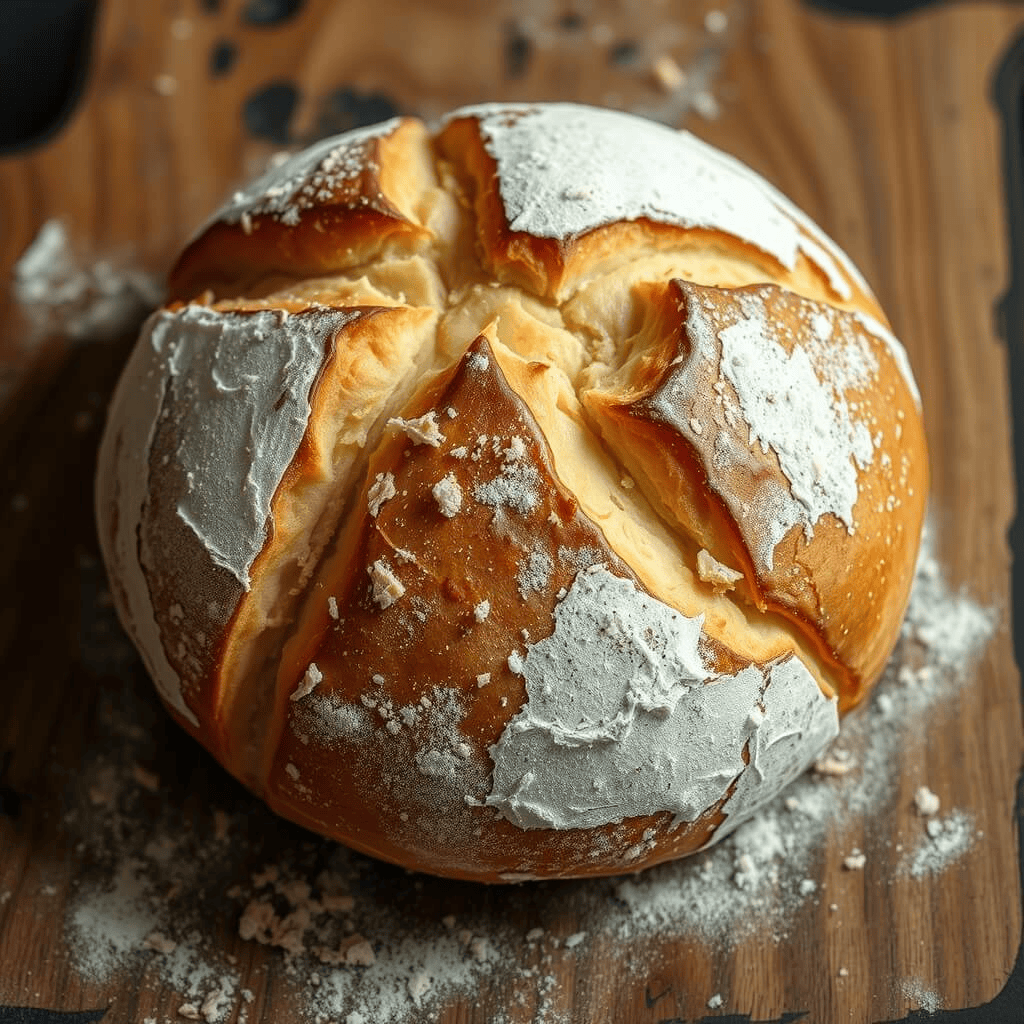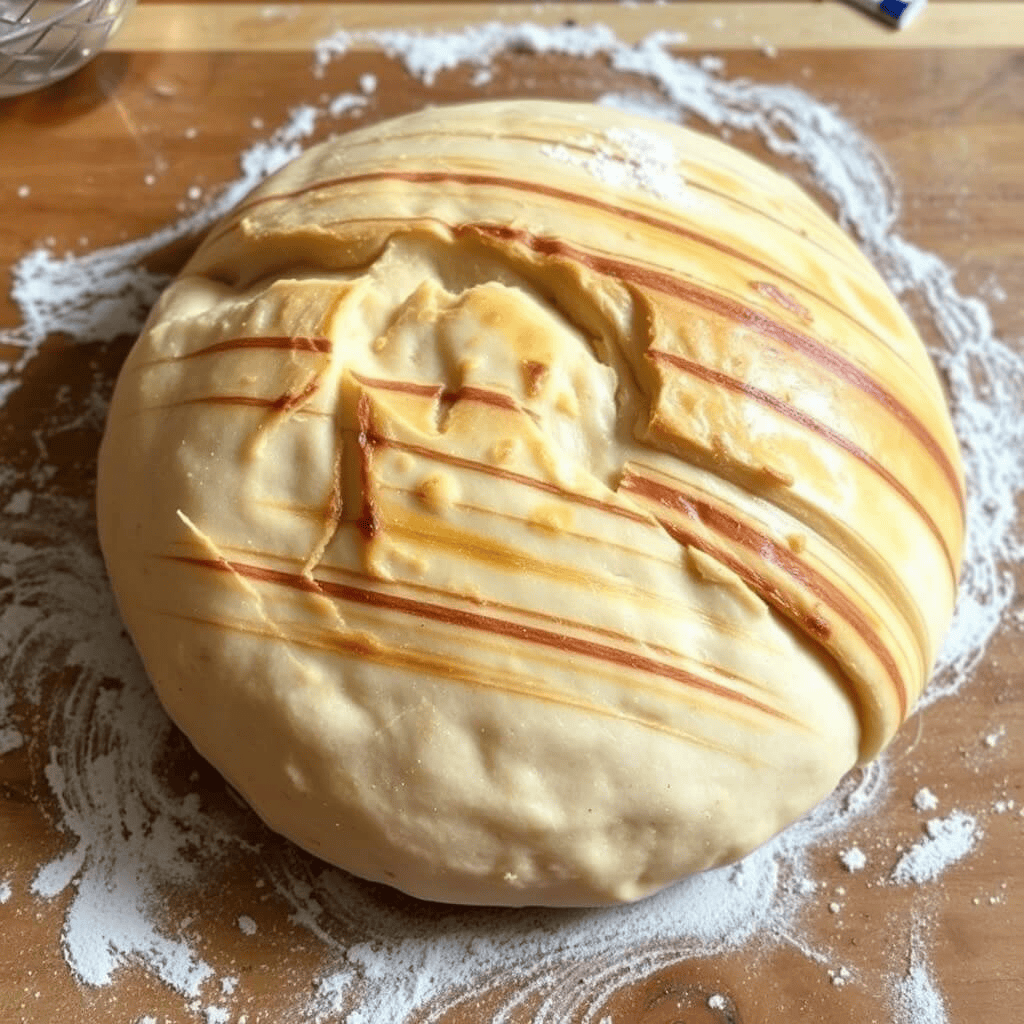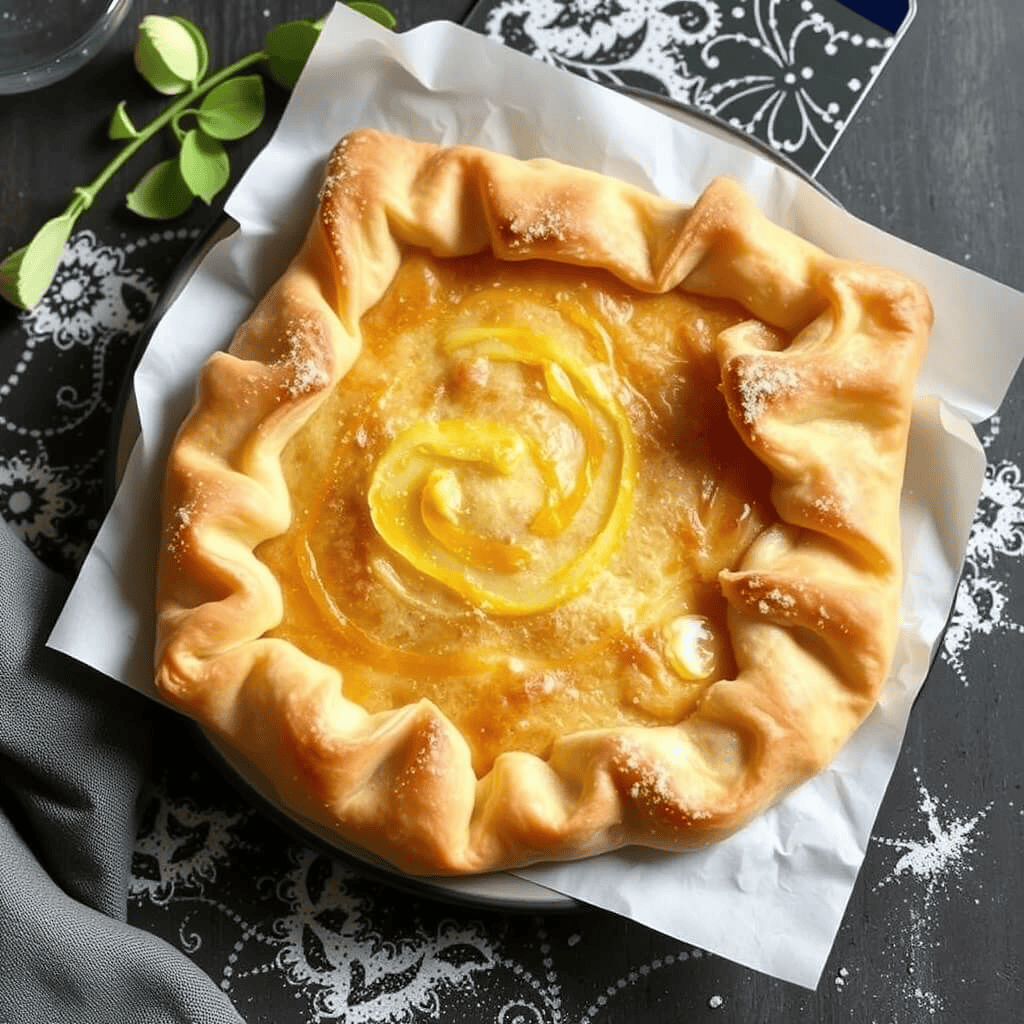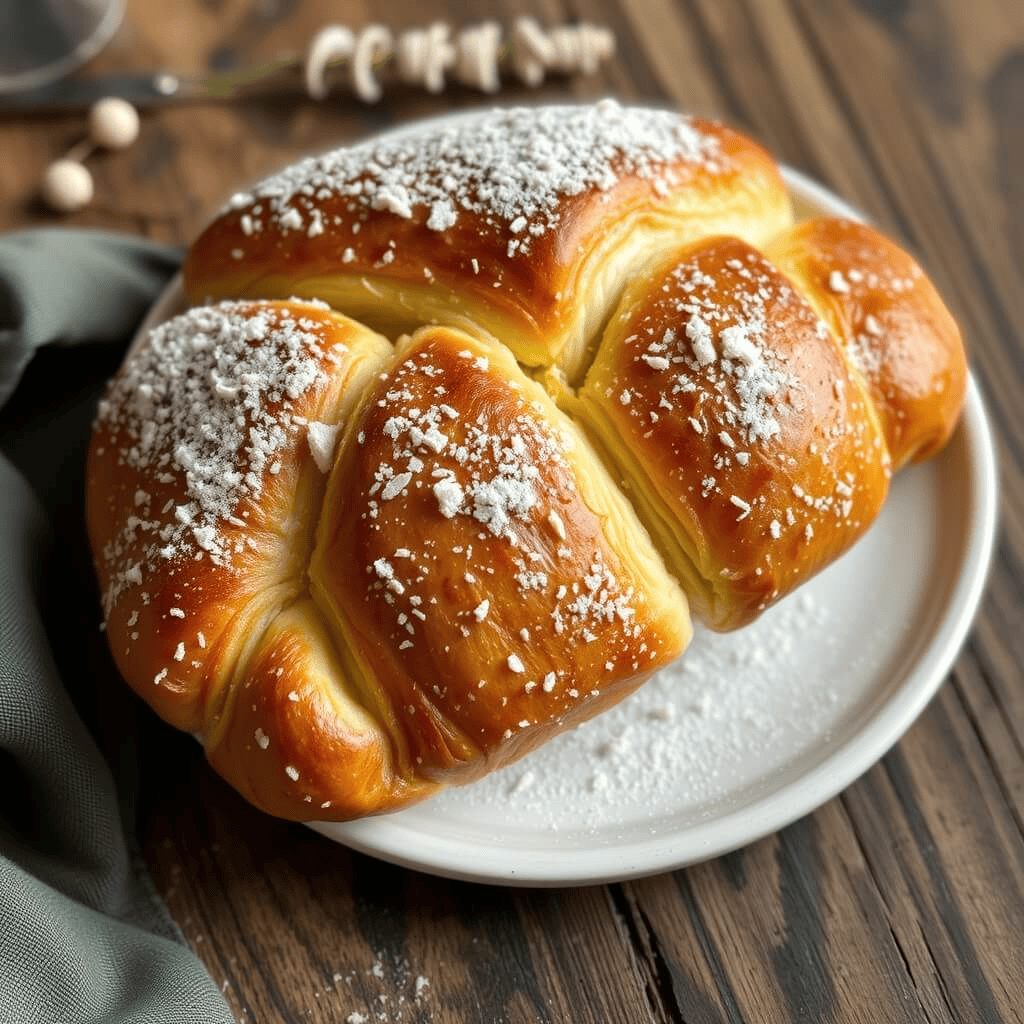viennoiserie secrets
In the refined world of viennoiserie, everything begins with the dough. Whether it’s a soft brioche, a delicately layered croissant, or a quick Scottish-style puff pastry, each relies on precise technique, patience… and a touch of chef’s secret.
Unlike crumbly doughs, yeasted doughs depend on baker’s yeast and the elasticity of gluten, both essential to develop a light texture, an airy crumb, and a structure strong enough to hold butter.
But their success also hinges on a step that’s often overlooked: proper storage. Whether resting in the fridge, freezing, or resuming proofing, each dough has its rules. Here’s a practical guide to help you master viennoiseries — even when prepping ahead of time.
Brioche Dough viennoiserie secrets
Storage
- Refrigerator: up to 24 hours, wrapped in plastic wrap.
- Freezer: after the first proof.
After Freezing
- Defrost in the refrigerator.
- Allow to resume proofing.
- Egg wash.
- Bake.

Laminated Yeasted Dough
(for croissants, pains au chocolat, etc.)
Storage
- Refrigerator: 24 hours, wrapped in plastic wrap.
- Freezer: after shaping, as raw pieces.
After Freezing
- Defrost in the refrigerator.
- Proof for 1 hour at room temperature.
- Egg wash.
- Bake.

Quick Puff Pastry
(also known as “Scottish” or “record” dough)
Storage
- Refrigerator: 24 hours, wrapped in plastic wrap.
- Freezer: after the first proof.
After Freezing
- Defrost in the refrigerator.
- Resume proofing.
- Egg wash.
- Bake.

Proper Kneading
Kneading is done in two stages: first, at low speed — called frasage — to mix the ingredients evenly. Then, at medium speed, to develop the gluten network and incorporate air, which allows the dough to rise.
Kneading should last just long enough to give structure to the dough, but not too long, as overworking it can make it overly elastic and difficult to shape.
Laminated Dough – A Core Viennoiserie Skill
King Arthur Baking: Guide to Laminated Dough
The Perfect Egg Wash
Straining the beaten egg through a fine sieve removes the chalazae and results in a smoother, more fluid egg wash. A pinch of salt can make it even more fluid.
Be careful not to over-apply the wash: too much can “glue” the layers of laminated dough, preventing proper expansion during baking.
Unmold While Hot!
Molded brioches retain moisture: they should be unmolded while still hot to avoid becoming soggy in their mold. This step allows proper steam release — known in baking as ressuage.
Conclusion
Behind the beauty and balance of viennoiserie secrets lies a precise science and attention to detail that cannot be overlooked. From the careful kneading to the delicate egg wash, to the perfect timing for unmolding — every step makes a difference.
These techniques are not just mechanical steps; they are small secrets known only to professionals, who follow them meticulously, as they make all the difference between a successful dough and an ordinary one.
Ultimately, success in fine pastries doesn’t come from just a recipe, but from understanding the dough, the technique, and the time — and, of course, from your passion for the craft.
Technical Review: Crafting the Perfect Braided Brioche Like a Pro
This brioche recipe doesn’t just promise ease — it delivers precision pastry technique in a home baker–friendly format. Let’s break it down like a pro would in the back kitchen of a Parisian boulangerie.https://briochechic.com/make-it-at-home-the-ultimate-braided-brioche-in-just-10-minutes-like-the-pros/#more-275
Q&A with Brioche Chic
Because a perfect croissant never happens by accident.
1. Why don’t my croissants have those flaky, airy layers like in a real bakery?
Because it’s not just about the dough — it’s about the butter.
Professionals use beurre de tourage — a high-fat (84%) laminated butter that remains pliable when cold. It creates distinct, clean layers. Regular butter often breaks or melts, ruining the lamination.
2. Do I really need to rest the dough that long?
Yes — but timing is everything.
Fermentation develops flavor, but over-proofing weakens structure. Pros know exactly when to chill, when to rest, and when to roll. Cold dough = clean layers. Rushing = heartbreak.
3. What’s the one mistake almost every home baker makes?
Poor lamination — or no real technique.
Croissants aren’t just rolled out — they’re carefully folded, chilled, and turned. Pros use a dough sheeter (laminoir) for perfect consistency. At home, it’s possible — but your pressure, angle, and temperature control must be spot on.
4. Why don’t my viennoiseries rise in the oven?
Because proofing isn’t just a waiting game — it’s science.
Final fermentation (proofing) needs a warm, humid space — around 26–28°C. Too cold? No oven spring. Too hot? The butter melts. Bakers use proofing chambers. You can hack it with a warm box and a bowl of steaming water.
5. Is double egg wash really necessary?
Yes — if you want that glossy, golden finish.
The first wash hydrates the dough before proofing. The second (right before baking) gives you that irresistible bakery shine. Always use a soft brush to avoid deflating the dough.
So what’s the real secret behind the secrets?
Consistency. Control. Craft.
Nothing’s truly hidden — but professionals don’t just bake, they master. Tools help. Time matters. And the tiniest details make all the difference.

